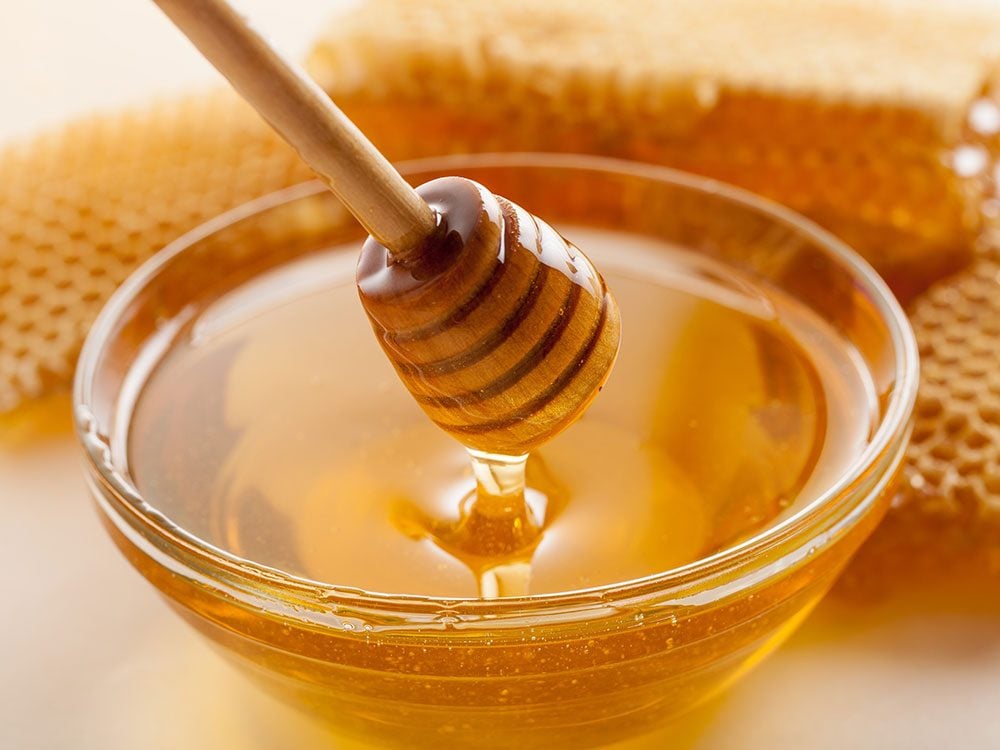
Honey is one of the best ulcer-friendly foods
Modern medicine has finally caught on to a folk remedy that’s been used for centuries. Because honey fights bacteria, hospitals and clinics sometimes apply it to burns and other open wounds. For the same reason that it can help heal a skin ulcer, honey may help thwart H. pylori. Researchers from New Zealand tested honey made from the nectar of the Manuka flower on bacteria from biopsies of gastric ulcers and found that the honey inhibited bacterial growth, making it one of the most effective ulcer-friendly foods. Other researchers have been successful in using other types of honey to halt the growth of H. pylori.
Recommended dose: Start by taking a tablespoon of honey in the morning and at night to calm a fiery belly. Spread it on toast or a cracker to keep it in the stomach longer. Because H. pylori is slow growing, be sure to keep up your honey regimen until ulcer symptoms are long gone.
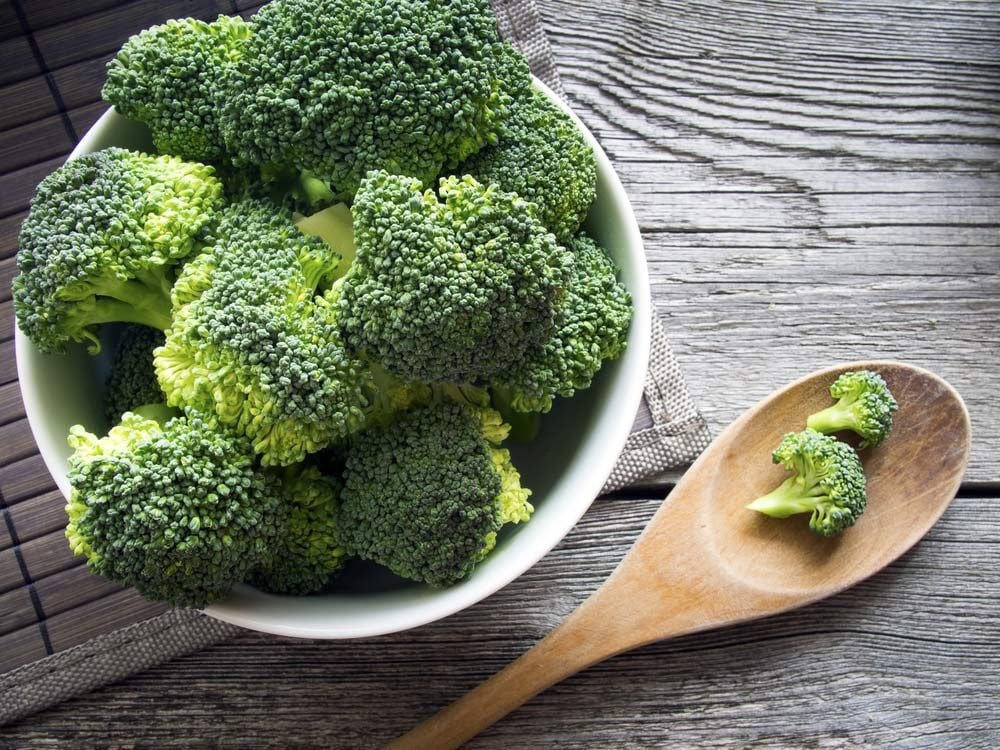
Broccoli, Brussels sprouts, cauliflower and kale are all ulcer-friendly foods
These cruciferous vegetables all contain sulforaphane, a compound that appears to squelch H. pylori. In one study, after patients who tested positive for the bacteria ate a half cup of broccoli sprouts twice daily for seven days, 78 per cent tested negative for the bacteria. Other studies, on mice, have shown that sulforaphane extracts can successfully destroy the bacteria in the mice’s digestive tracts.
Recommended dose: Consider eating a cup a day of broccoli, raw or cooked, or broccoli sprouts. Not only will the broccoli begin to battle your ulcer, but it will also provide more than a day’s worth of vitamin C and a generous amount of fibre: two more allies in the fight against ulcers.
Check out these medicinal plants you can grow at home to help with everyday ailments.
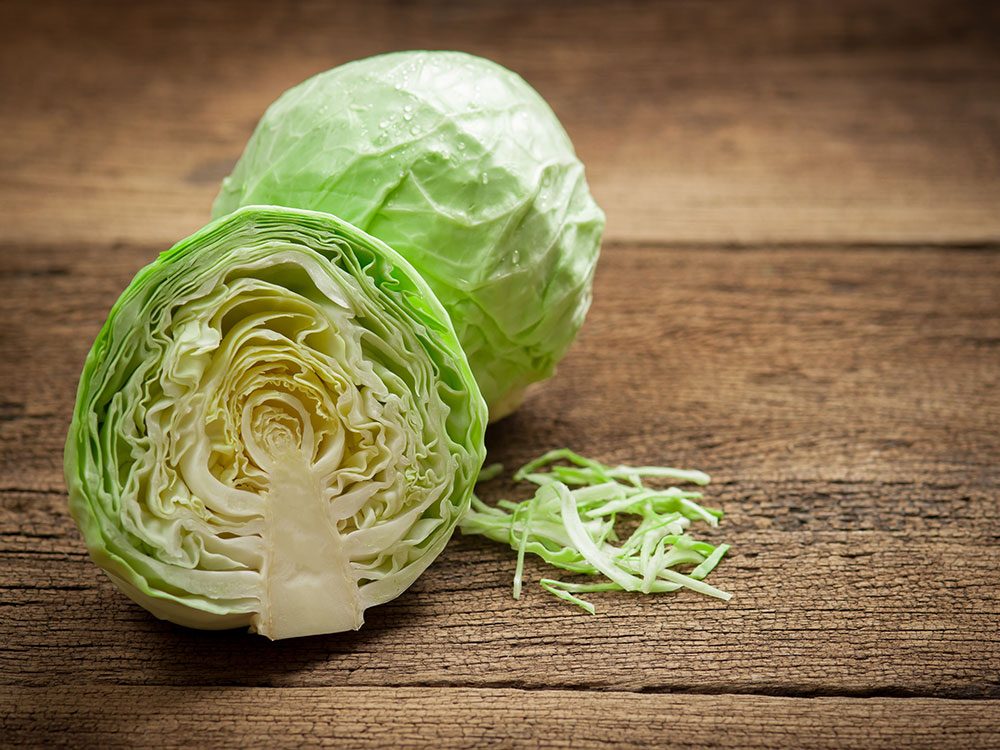
Cabbage
Scientists think that it may be the amino acid glutamine that gives cabbage its anti-ulcer punch. Glutamine helps to fortify the mucosal lining of the gut and to improve blood flow to the stomach, meaning it not only helps prevent ulcers but can also speed healing of existing sores.
Recommended dose: Eat two cups of raw cabbage daily. Add it to salads, coleslaw, and wraps. You can also drink raw cabbage juice, sold in health food stores. Drink a quart a day for three weeks if—you can stand it!
Find out more easy ways to improve gut health.
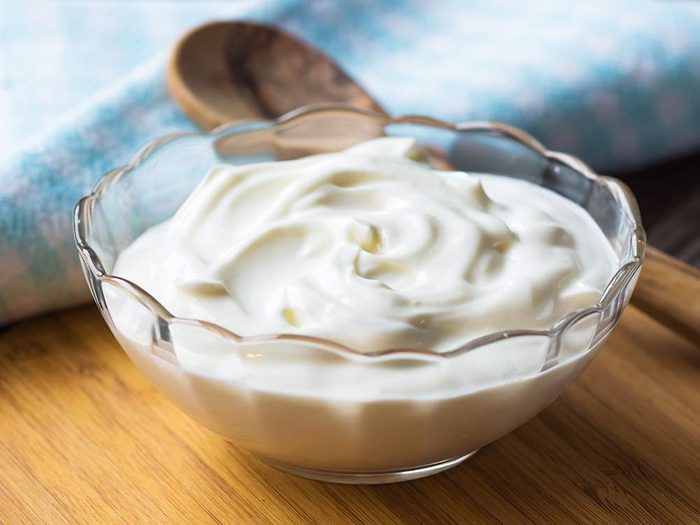
Yogurt with active cultures
Foods like yogurt and kefir (fermented milk) contain “good bacteria” that can inhibit H. pylori and may help ulcers heal faster. In one large study in Sweden, people who ate fermented milk products like yogurt at least three times a week were much less likely to have ulcers than people who ate yogurt less often.
Recommended dose: Have a cup of yogurt, kefir, or another fermented milk product with live, active cultures at least once a day. Avoid sweetened varieties, which are less effective.
Never ignore these ulcer symptoms.
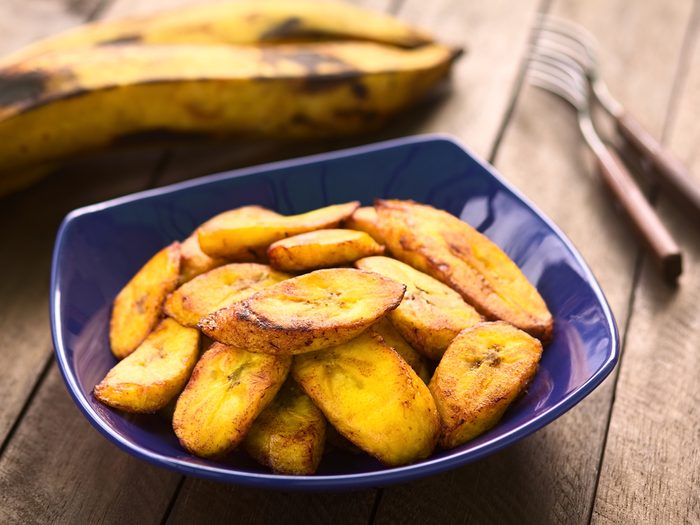
Plantain is among the best ulcer-friendly foods
This large, green, banana-like fruit is starchy and sticky in texture. It helps to soothe inflamed and irritated mucous membranes and has some antibacterial properties to boot. Studies on rats with ulcers caused by daily aspirin use have shown that unripe green plantain can both prevent the formation of ulcers and help to heal them. Plantain works its magic best when it’s unripe.
Recommended dose: Until human studies determine the amount that might help, use the fruit as they do in Latin America, where green plantain is eaten boiled like a potato. Avoid fried plantain, as the fat can aggravate ulcers.
Here are the 50 best foods for your heart.
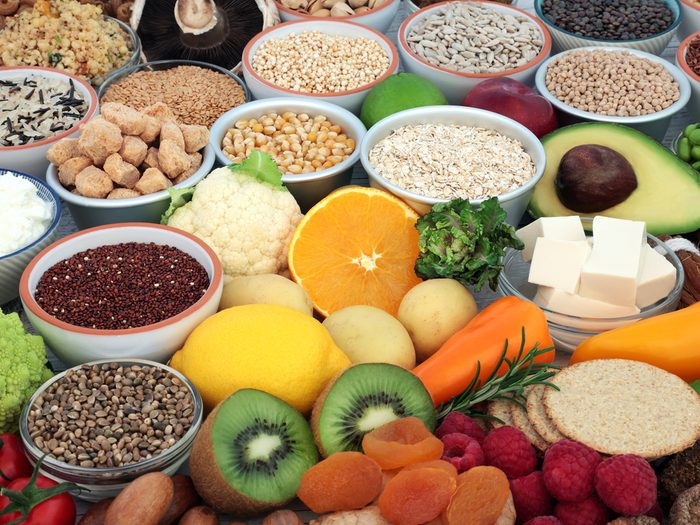
Fruits, vegetables, whole grains and other high-fibre foods
Add another star to fibre’s crown. Besides keeping you regular, fibre has a role in keeping ulcers at bay, especially those in the duodenum. A number of studies have found that people who eat high-fibre diets have a lower risk of developing ulcers. A study in the American Journal of Epidemiology looked at the diets of 47,806 men and found that those who ate 11 grams or more of fibre from vegetables had a 32 per cent lower risk of developing duodenal ulcers.
Scientists aren’t sure how fibre helps, but it may be thanks to the fact that it slows the emptying of the stomach and thus reduces the amount of time the stomach lining and duodenum are exposed to digestive acids. Soluble fibre, the kind found in oats, beans, barley, peas, and pears, also forms a slippery goo in the stomach that acts as a barrier between the stomach lining and corrosive stomach acids.
Recommended dose: General health guidelines suggest getting 25 to 35 grams of fibre a day.
Find out 30 painless ways to sneak more fibre into your diet.

Slippery elm tea
Slippery elm coats the stomach just as it does a sore throat, bringing some relief, albeit short-lived, from ulcer pain.
Recommended dose: Several cups throughout the day.
Now that you’re familiar with these ulcer-friendly foods, check out these science-backed home remedies for just about any ailment.